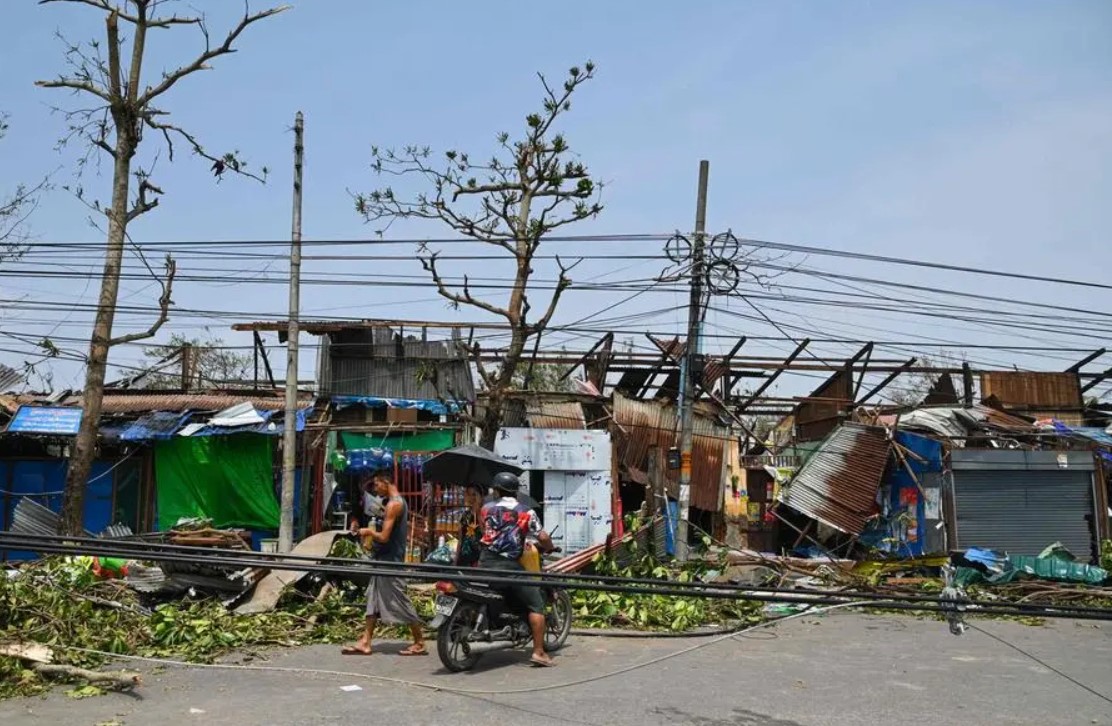It can alter rainfall patterns, increase temperatures, and cause extremClimate played a major role in commodity prices last year and looks like doing so again in 2023.
Scorching heatwaves in the northern hemisphere hit production of wheat in the US and Europe in 2022, and climate change means that catastrophic weather events are becoming more frequent.
These include La Niña, which is stretching into an unprecedented third consecutive year and will be detrimental to maize and soybean production in the first half of 2023, in addition to other crops like sugar and coffee, according to Economist Intelligence Unit (EIU).
Wheat, which was heavily affected by war-related supply disruptions in 2022, faces significant climate risks. In the US large swathes of the southern plains remain under drought conditions, and crops are in unusually poor condition heading into winter dormancy. Extremely dry, occasionally frosty weather in Argentina is causing damage across major producing provinces there, but Russia and Australia are on course for a second consecutive year of bumper crops, which, for the moment, is alleviating concerns about production in the western hemisphere.
Weather will loom large in energy markets as well, EIU noted. Europe’s heatwave drove up demand last summer, causing gas and electricity prices to spike, especially as winds dropped to levels insufficient to generate enough power to meet Europe’s electricity needs while drought affected hydropower generation in many countries.
These dry conditions, together with rising water temperatures, also hit nuclear power generation.
In addition, the severity of Europe’s current energy crunch depends largely on how cold temperatures fall over the winter, not just in 2022/23 but in 2023/24 as well.
“The colder the winter, the more countries will have to draw down stockpiles built up over 2022. Below-normal temperatures will not only raise the spectre of energy rationing, but also put upward pressure on prices over the summer as Europe scrambles to refill reserves—this time without Russian supplies,” EIU said.
Obviously, climate change can have significant impacts on commodity prices by affecting their production, transportation, and demand for various goods.
Climate change can impact commodity prices by affecting crop yields, energy prices, water availability, and transportation costs.
It can alter rainfall patterns, increase temperatures, and cause extreme weather events like droughts and floods, which can reduce crop yields.
This can lead to lower supply and higher prices for commodities like wheat, corn, soybeans, and other agricultural products.
Climate change can also impact energy prices by affecting the production and transportation of oil, natural gas, and other energy resources.
For example, extreme weather events can disrupt oil and gas production and transportation infrastructure, leading to supply disruptions and higher prices.
Changes in rainfall patterns and increased water scarcity due to climate change can impact the availability of water for agricultural production and energy generation. This can result in higher prices for water-intensive commodities like meat, dairy, and processed foods.
Climate change can also affect transportation costs, particularly for goods that rely on sea or river transportation.
Rising sea levels and changes in ocean currents can disrupt shipping routes and increase shipping costs, which can lead to higher prices for imported goods.e weather events like droughts and floods, which can reduce crop yields
Climate change continues to causeuncertainties for commodity prices

Related tags :


